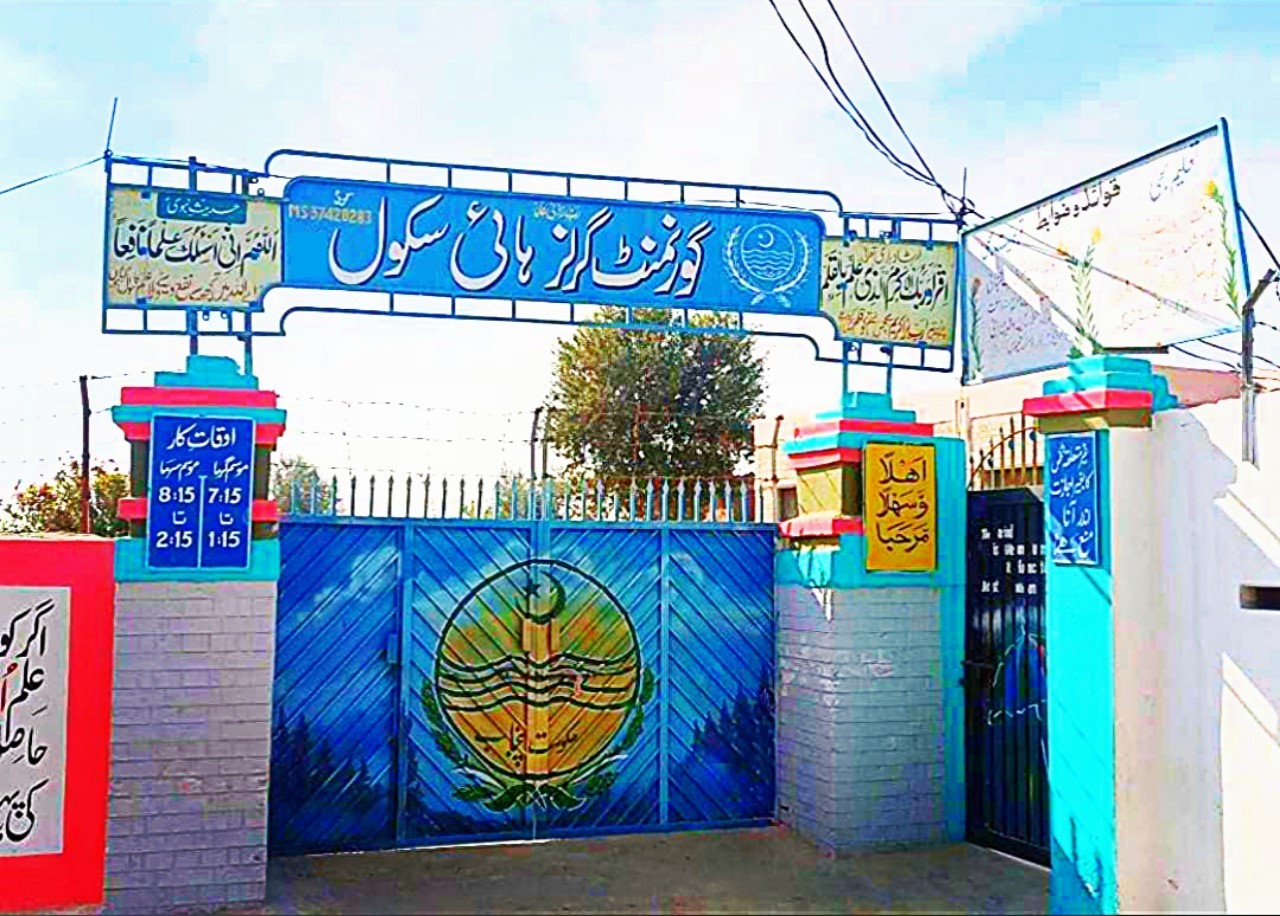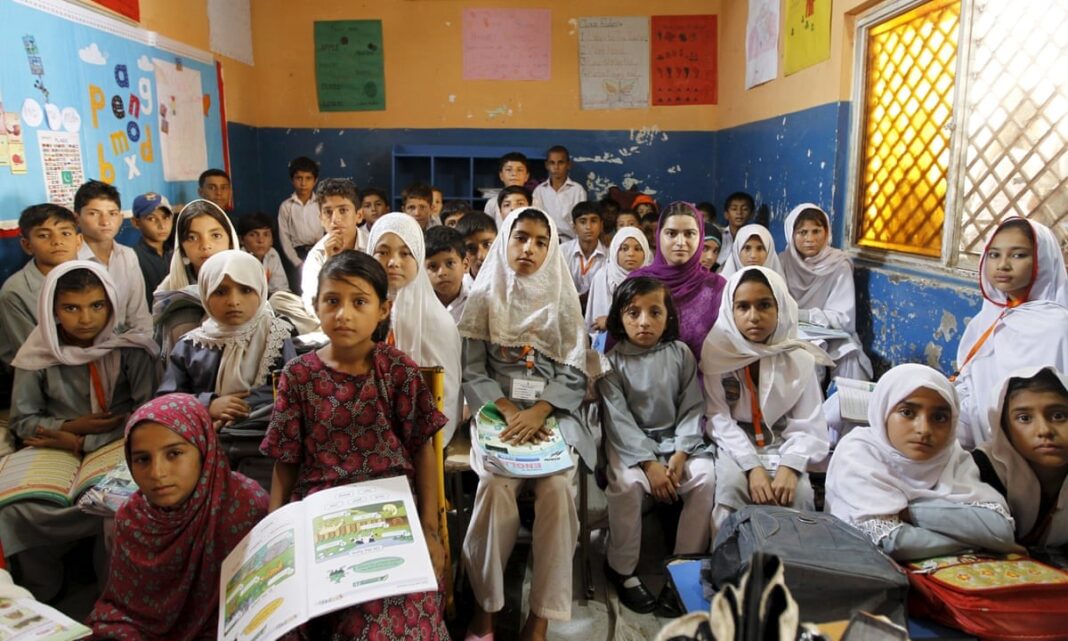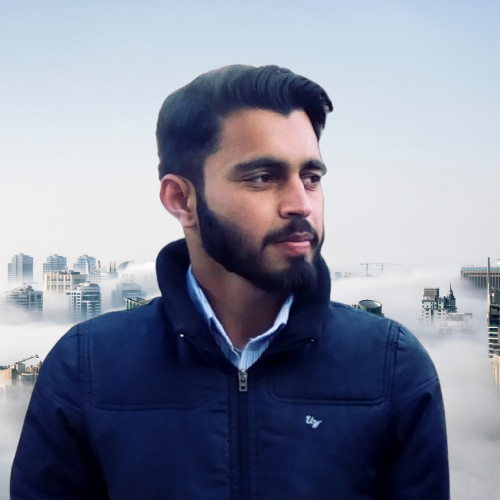As I was sitting and striking the head with a pencil, a thought crossed my head. What am I doing here in the classroom? However, the timetable says it’s laboratory time. Every Pakistani student, definitely, has a similar question once in a life. Such questions remain unspoken in the corridors of our education system.
Scientia Pakistan reached out to an educator to shed light on a vital question that rarely makes headlines but urgently needs answers. In rural Pakistan, where limited resources often clash with high aspirations, one woman’s journey stands as an example of determination and vision.
She, Ms. Shagufta Naheed, began her career as a teacher in a remote village, where even Urdu felt like a foreign language to many of her students. Today, she leads as the Headmistress of a Government Girls High School(GGHS), shaping the future of young minds.
While speaking with Scientia, she gave her insight into one of the most pressing issues in science education today: the lack of practical knowledge and skills in our education system. Here are some highlights from our conversation.
Hifz: From your perspective, how would you evaluate the overall quality and structure of science education in Pakistan today?
Shagufta Naheed: Unfortunately, science education in Pakistan is still based mostly on the rote learning (ratta) system. Students are expected to memorize concepts from textbooks without being taught how or why those things work in the real world. For example, they might learn about chemical reactions but never actually see one happen in a lab.
This system leaves very little room for creativity, questioning, or critical thinking. As a result, students often lose interest in the subject. They start seeing science as something they just need to pass exams, not something that can help them understand or improve the world around them.
The biggest problem is that it doesn’t prepare students for real-life situations, higher studies, or careers in science and technology. When young people don’t get to explore through hands-on learning, they miss out on developing the skills.
To truly strengthen our youth, we need to shift from rote learning to practical learning experiences that connect directly to everyday life.

Hifz: Do you think the deficiency of lab facilities and hands-on learning affects the effectiveness of science education, and how well does the current curriculum support practical learning?
Shagufta Naheed: Yes. Without practical exposure, it’s really hard for students to fully understand scientific concepts. The current curriculum does mention practical work, but in reality, most of the time, it stays on paper. There just aren’t enough resources, proper labs, or trained staff to carry it out in schools.
And it’s not just high schools or colleges, even some universities are facing the same issue. They lack state-of-the-art laboratories where students can properly experiment and research innovation. So, students end up missing a critical part of their education, the part that teaches them how to apply science.
Hifz: Do you believe that limited or insufficient internet access and multimedia tools to support science education in rural and suburban areas are significant barriers preventing many talented students from pursuing careers in science fields?
Shagufta Naheed: In today’s world, digital access is a basic requirement, especially for science subjects. In rural and suburban areas, internet access is unreliable. This becomes a serious barrier because science, by nature, needs to be interactive and visual.
When students don’t have access to digital resources, they miss out on modern teaching methods and global knowledge. So yes, the digital divide is real, and it’s holding many bright minds back.
Hifz: What do you are the major barriers that prevent schools and colleges from providing quality lab experiences?
Shagufta Naheed: One of the biggest issues is the lack of funding, specifically when it comes to building and maintaining science labs. The curriculum is another problem; it’s outdated and doesn’t match the needs of today’s scientific and technological world.
Then, there’s the issue of teacher training. A lot of teachers aren’t trained to conduct lab activities as old teachers are perfect in skills they got years ago, but the present situation demands young graduates, unfortunately, who are facing unemployment. In most schools, even if there’s a lab, there’s usually just one lab in-charge who’s expected to only manage equipment.
The overall infrastructure in schools is also poor, and there’s very little alignment with international education standards. So, even if teachers or students want to do more, the system just doesn’t support it properly.
Hifz: How does the absence of practical exposure impact students’ academic development, future scientific careers, and the country’s potential for innovation?
Shagufta Naheed: When students don’t get the chance to experience science through practical work, they often become passive learners. They just memorize things without really understanding or questioning them. This stifles curiosity, and without curiosity, there is no critical thinking or innovation.
Over time, we start seeing a generation that isn’t serious about science and doesn’t feel confident enough to pursue careers in fields like research, engineering, or technology. That’s a big loss—not just for the students themselves, but for the country as a whole.
It weakens our intellectual capital and slows down national progress in science and innovation. The quality of research work also suffers. Without hands-on understanding, the research often lacks depth and can’t be applied in real-world settings.

Hifz: How do you and other school leaders in your community manage the shortage of trained science teachers and the lack of laboratory tools for experimentation?
Shagufta Naheed: In case we don’t have a subject specialist, temporarily, we rely on experienced educators; they’re able to grasp the subject well enough to teach the basics effectively. As for lab tools and experiments, we collaborate with nearby institutions that have better facilities. It’s not ideal, but this helps us ensure that students at least get some exposure, even if resources are limited.
Hifz: Science is often seen as irrelevant or difficult, which leads families in rural communities to prioritize it less, particularly regarding careers for females. How do you address gender and social biases in your profession?
Shagufta Naheed: Gender and social biases do exist in rural areas and play a role in how science education is perceived. Unfortunately, several families still link science to cultural or even religious restrictions, but such things are just myths, as no such restrictions exist in religion.
However, this mindset affects girls, as many parents don’t consider science a necessary path for them. They just want their daughters to study enough to get a good partner (rishta) for marriage.
Sometimes, within the teaching staff, female professionals aren’t given the recognition they deserve as compared to male staff. Their talent is often overlooked, and that affects their motivation. Therefore, I support and encourage female teachers and students, highlight their achievements, and involve the community in awareness sessions to show that science and education are for everyone, regardless of gender.
Hifz: What practical steps can be taken by educational institutions, government bodies, and private stakeholders to improve lab-based science education in both urban and rural settings?
Shagufta Naheed: First, the science curriculum must be reviewed and modernized to emphasize practical learning. The education budget should be increased, with specific funds allocated for the development of science labs. Institutions should conduct regular training sessions and workshops for science teachers to ensure they are well-equipped.
Moreover, collaborations with professionals and international educational organizations can help in the development of modern laboratories. Such initiatives would help bridge the gap between theory and practice, ensuring that students, whether in urban or rural areas, receive quality science education.
More from the Author: Cracking the Enigma of Crimes by Nanotechnology with Dr. Shahid Nazir Paracha


